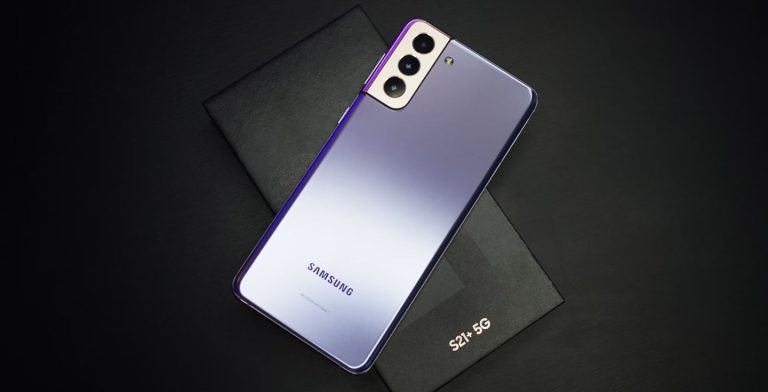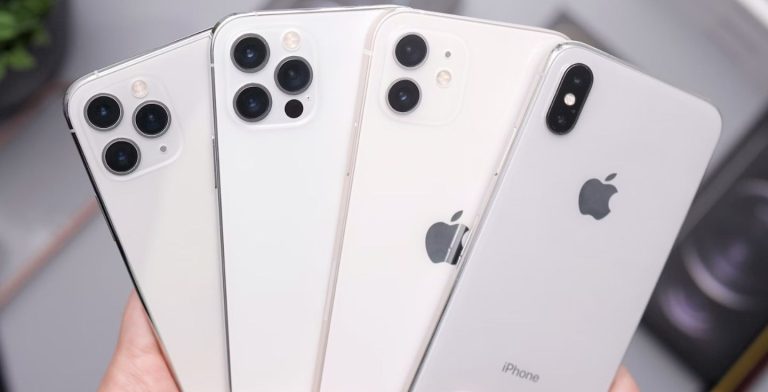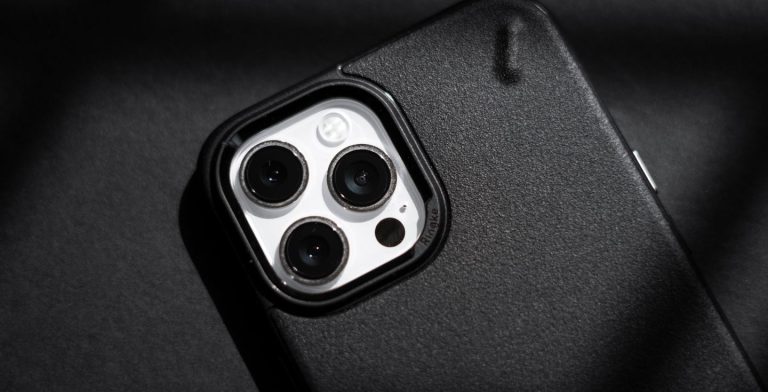What is an eSIM, and how does it work?
Follow along for a detailed look at what an eSIM is, the benefits that it offers, and how to set it up on your phone.
An eSIM is a small chip already built into many newer smartphones that lets you download a mobile plan directly onto your phone instead of adding a new SIM card. Everything is done digitally — that’s why an eSIM (short for embedded SIM) is sometimes called a virtual SIM card.
eSIMs are becoming standard, but they’ve been a favorite among frequent travelers for some time because they make adding international mobile plans quick and easy.
If it this still sounds new to you, let’s explore what is eSIM is, how it works, how it can benefit you, and how to get and set up one for yourself.

What is an eSIM?
An eSIM (embedded subscriber identity module) is the digital version of a traditional physical SIM card. You activate your mobile plan through software instead of inserting anything into your phone. Think of it like downloading an eSIM app: once you scan a QR code or follow a few setup steps, your phone connects to a mobile network using your eSIM profile.
Nowadays, eSIMs are available on most modern phones, tablets, and smartwatches. You can also get it on some laptops and even cars. Most eSIM devices allow you to store multiple eSIM profiles at once, so you can switch networks seamlessly whenever you need to.
In tech words:
An eSIM is a rewritable chip built into your device. When you activate a plan, your phone downloads a carrier profile — a digital file with your network credentials and settings. This process follows GSMA standards, making it secure and compatible across most modern devices.
How do eSIMs work?
The chip embedded in your phone already has everything it needs to connect to a mobile network. Once you activate your eSIM, it works just like a regular, physical SIM card, letting you use mobile data, make calls, and send texts without inserting anything into your device.
This makes eSIMs a super convenient alternative for traveling, as you no longer have to spend time seeking travel SIM cards and can buy and set up a travel eSIM card in minutes instead.
In tech words:
An eSIM uses embedded hardware inside your phone to load a carrier profile — a digital version of what a physical SIM holds. Once activated, it securely connects your phone to the network using protocols defined by the GSMA. From the user’s perspective, it behaves exactly like a physical SIM card.
eSIM vs. SIM cards: What’s the difference?
The main difference between an eSIM and a SIM card is where the data necessary for your phone to connect to a network lives.
- A physical SIM card stores your mobile plan information, and the phone reads it once you insert the card into the slot.
- An eSIM, or virtual SIM, uses a chip that’s already built into the device at the factory. Instead of inserting a card, you download your plan as software, and you can delete or replace it anytime.
The result is the same with both versions of SIM, but virtual SIMs don’t work on most old phone models, while more and more new phones no longer support physical SIM cards. iPhones are a perfect example of that, as all iPhone 14 and later models released in the US only work with eSIMs and don’t even have a SIM card slot.
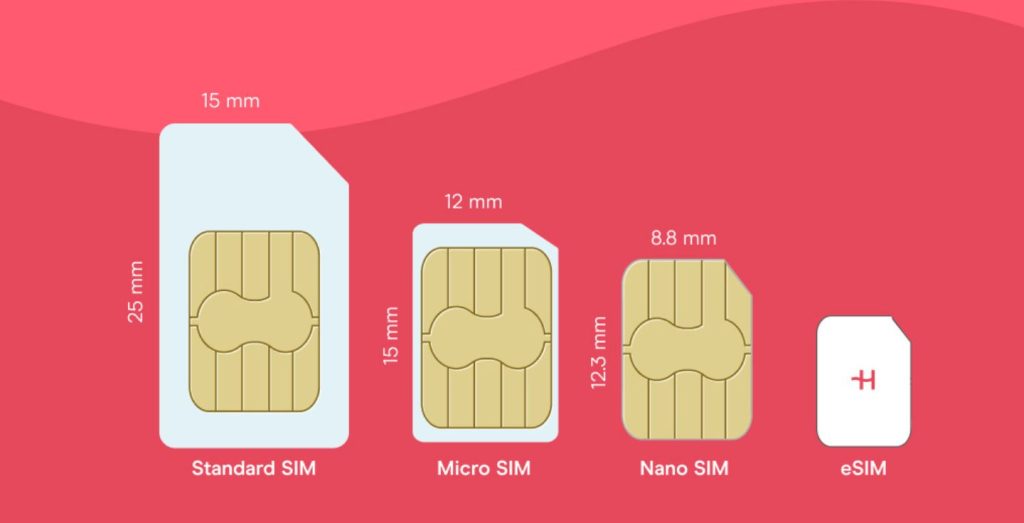
Why should I use an eSIM?
The main benefit of using an eSIM is that it simply makes your life easier by taking away any negatives of a physical SIM and keeping all of the positives. It’s quick to set up, easy to use, and doesn’t require fiddling around with plastic cards or additional devices.
- Instant delivery and activation: When you buy an eSIM, it gets delivered to your email instantly and only takes a couple of minutes to activate.
- Multi-country coverage: If you’re going on an international trip across several countries, you can get a regional eSIM plan that provides coverage in all of them without the need to switch to a different eSIM.
- Keep your regular phone number: Using an eSIM allows you to use both lines at the same time on dual SIM phones, or you can switch between networks if your phone doesn’t have dual SIM.
- Impossible to lose: Physical SIM cards are tiny, which also makes them easy to lose. Since eSIMs are completely digital, there’s no way you can lose yours.
- Cost saving: Using a virtual SIM is significantly cheaper than other alternatives, such as data roaming or renting pocket WiFi devices.
- Environmentally friendly: Since eSIMs are completely digital, there’s no plastic waste, making it a better option for the environment.
- Prepaid and postpaid eSIMs available: Nowadays, some providers offer postpaid monthly eSIM plans, which are the perfect option for longer stays. Holafly Connect, for example, includes three plans to choose from.
Which phones use a virtual SIM card?
The majority of new phones released nowadays support eSIMs. This includes all iPhone models starting from the XR, all Samsung Galaxy phones from S20 onwards, and hundreds of other phones.
To ensure your phone supports eSIM technology, check out our list of eSIM-compatible phones. The list is updated monthly with new phone models.
What other devices are eSIM-compatible?
Mobile phones aren’t the only devices that have an embedded SIM. Many tablets, smartwatches, and even laptops have this capability, enabling you to connect your device to an eSIM data plan instead of having to rely on finding WiFi hotspots whenever you’re on the go.
How to get an eSIM
The process of getting an eSIM can vary depending on the eSIM carrier and how you’re going to use it. Generally speaking, the key difference lies in whether you want to use a local carrier for home with your current plan, or you want to add an international eSIM for travel.
Getting an eSIM from a local provider
Typically, getting an eSIM from a local provider means that you want to replace your traditional SIM card with an eSIM for everyday use at home. To get your eSIM, you should visit your carrier’s closest customer center and ask for it. You can call them in advance and ask if they can set up the eSIM remotely, but most local carriers only provide this service in person.
You can get an eSIM from the likes of AT&T, T-Mobile, Verizon, O2, Orange, and many more. In fact, if your current carrier doesn’t offer eSIM options, that just means that they’re behind the times, and you might want to consider switching to a different provider.
Getting an eSIM from an international provider
International eSIM providers typically specialize in prepaid travel plans for tourists and digital nomads. These plans work on local networks to ensure optimal coverage and connection speeds no matter where you are.
To get yours, visit the website of an international provider and buy a plan that fits your needs. It’s a good idea to explore your expected consumption with a Data Usage Estimator before choosing a plan. Upon purchase, you’ll receive an email with activation details. Follow the instructions, and you’ll have access to cellular data within minutes.
Holafly is a great example of an international eSIM provider. It offers coverage in 200+ countries with local plans, plenty of regional plans, and even a global eSIM that covers 113 countries.
How to activate an eSIM
Once you’ve made your purchase and received the QR code, activating your eSIM is super simple. No matter which OS you’re on, the whole process shouldn’t take more than a few minutes. Here are the steps to follow depending on your device:
Activating your eSIM on iOS
- Go to Settings.
- Tap Cellular (or Mobile Service on EU devices).
- Locate and tap the Add eSIM button.
- Choose the Use QR Code option.
- Scan your QR code and follow the prompts to complete the setup.
Activating your eSIM on Android
- Go to Settings.
- Open the Connections menu.
- Locate and tap the SIM Manager option.
- Tap Add eSIM, then Scan QR code.
- Scan your QR code and follow the prompts to complete the setup.
After completing the setup, you’ll have a mobile network connection in the designated country almost instantly.
As it stands, eSIMs are the most recent step in the evolution of communications. Don’t stay behind the times and make the switch, whether it’s for staying connected during your travels, or everyday use.














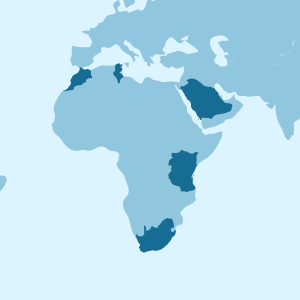































 Pay
Pay  Language
Language  Currency
Currency 


















 No results found
No results found








